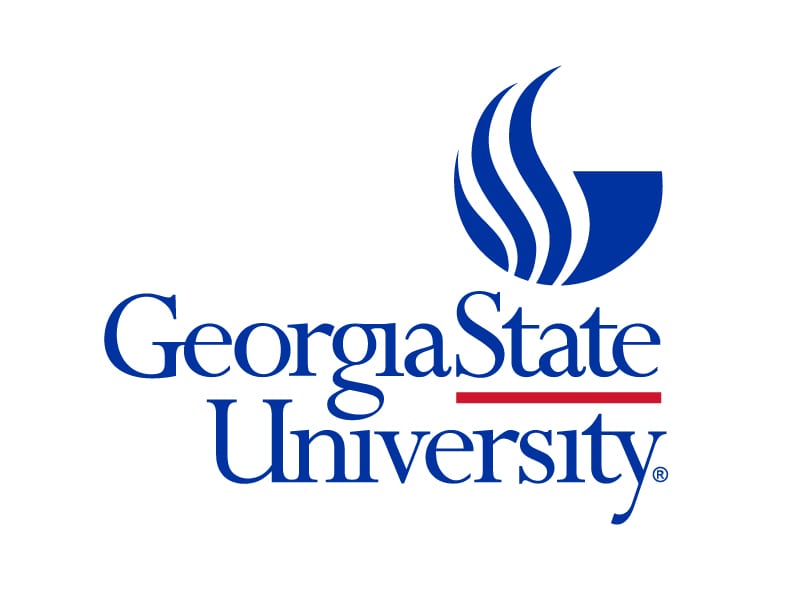Improving credentialing pathways at Georgia State University to enable more students to graduate on time with a best-fit major


Challenge
How might we enable more students to navigate choices early on and graduate on time with a best-fit major?
Strategy
Four-pronged effort:
- Created meta major (an area of interest spanning multiple majors—e.g., STEM, which includes chemistry, biology, etc..) based Freshman Learning Communities to help students navigate choices as soon as they enroll, in part, by taking all first semester courses with a cohort of students who chose the same meta major
- Used historical data (not faculty perception) to create success markers in all majors that predict timely graduation early in a student’s tenure, thereby providing students with an early indication of their likelihood to succeed in a particular major and steering them toward a best fit
- Created new policies that limited students from taking courses that would put them off track (e.g., repeating courses when not necessary)
- Created new majors with similar first and second year course requirements to allow students to switch majors without too many excess credits
Outcome
For students interested in nursing, for example, GSU redesigned its major maps and grouped Pre-Nursing, Pre-Nutrition, and Pre-Respiratory Therapy into the Health Sciences meta-major and associated Freshman Learning Community. GSU also revised the first and second year course requirements to reduce wasted credit hours and raised its application requirement from 2.8 to 3.5 GPA to more accurately reflect the program. Prior to these changes, approximately 29% students who declared Pre-Nursing graduated versus the institutional average across all majors of around 50%. After the changes, however, graduation rates have increased to be closer to the institutional average.
Ready to take action?
Brainstorming prompts for you and your team to consider
Learn more about credentialing pathways from our research
Institution

Enrollment
36,343
Pell Recipients
53%
Students of Color
74%
Net cost of Attendance
$30,357 (in-state)
